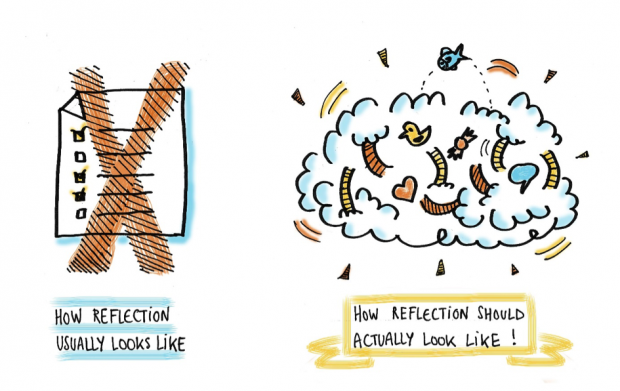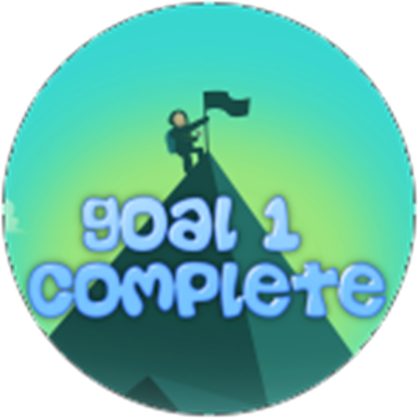“Educators and learning designers must seek to resolve societal shortcomings, including the inequity of education and opportunity; the lack of social justice; policy issues and their implications; implicit bias in terms of race or ability; as well as layers of equity and inclusion. Building community and bridging divides are goals for all education.”
Toward Inclusive Learning Design: Social Justice, Equity, and Community. AECT Research Symposium 2021.

This was the underlying premise of a research symposium on learning design in which I participated in the summer of 2021. While this premise emphasizes our responsibility for designing learning experiences that are not only inclusive but just, there is an implicit idea that design alone is not a sufficient condition for inclusivity; we must examine the dynamics of teaching practices and how these can evolve to be truly inclusive.
In this blog post, I share the experience of navigating the intricate and complex dynamic between inclusive learning design and teaching while co-facilitating an asynchronous workshop for faculty on inclusive teaching online. I also provide some suggestions for engaging with faculty in conversations about inclusivity that goes beyond the design stage. My experience so far leads me to argue that as an instructional designer (ID), I share the responsibility for inclusive teaching practices implemented in the class. This is a strong position that I have come to embrace as faculty seek suggestions and advice from us not only during the course design process but also during the inclusive teaching workshop.
It is important to understand that as designers we also have boundaries in terms of faculty support. Shared responsibility in teaching online does not mean telling instructors how to teach but helping discover practices to be more effective in their teaching.
Inclusive Teaching Online Workshop
Oregon State University Ecampus has a strong commitment to supporting the diversity and inclusivity of all members of the university community. In these efforts, instructors are guided not only in designing inclusive online/blended courses but are also supported in exploring and adopting inclusive teaching strategies. To this end, Ecampus developed a four-week asynchronous Inclusive Teaching Online workshop (ITO). This workshop serves as a space to expand the conversations that are already happening across campus about how to support the diversity of our student population. The nature of the workshop is discussion-based with plenty of opportunities for faculty to engage in deeper conversations with colleagues to examine topics including, but not limited to, identity and culture, social and institutional barriers, transparent assignments, and discussion facilitation.
As a co-facilitator of this workshop, I have noticed that our role involves more than just ID services; we have the responsibility to support faculty as they adopt and apply inclusive teaching practices.
Co-facilitating the ITO Workshop
My interest in inclusive learning design and teaching is rooted in my personal and academic backgrounds. Coming from a diverse cultural and linguistic background (Ecuador) and through my academic experiences, I have realized that the instructor has a critical role in making students feel welcome, part of the class community, and above all seen, heard, and valued for who they are and what they bring into the learning spaces. However, I see the role of an ID as crucial in supporting the faculty’s instructional choices and facilitation strategies to ensure an inclusive learning space is created and sustained.
My role in ITO is to co-facilitate the weekly activities, lead discussion groups, promote dialogue on inclusive strategies, and guide faculty in developing their inclusive teaching action plan. In co-facilitating this workshop, I recognize the need as an ID to be prepared, gather resources, contribute to the conversions, and even challenge some of the instructor’s perspectives, all with the goal to critically look at diversity and inclusion in its multiple aspects. Particularly for me, co-facilitating the workshop has been challenging yet rewarding. It requires me, among other things, to be more cognizant of the culture and nature of the U.S higher education system, aware of my own identity and its potential influence on my approach in the workshop, and my level of confidence in addressing sensitive topics.
Begin with Design

As IDs, we collaborate with instructors in several ways. We provide ongoing instructional support to develop new online/blended courses or improve existing courses. We also discuss with faculty the challenges of the course and identify strategies to make the learning experience more engaging, relevant, meaningful and satisfying for students. At the same time, we help faculty identify opportunities to address diversity, equity, and inclusion concerns in the course.
In preparing to support inclusive teaching practices, we begin at the design stage. For example, we can ask questions such as:
- What kind of content would need to be made more accessible (e.g., adding captions/subtitles to videos, describing images more explicitly, use of color). How UDL guidelines can be implemented?
- What other relevant information/perspective is important to consider to achieve the learning outcomes?
- How can the course activities promote students as contributors to the course?
- Would the learning outcomes prepare students to interact and work with people from diverse backgrounds?
- How do you envision DEI in the design of the course?
- What resources can we include in the course to support students?
Then, we move to the facilitating stage. However, our role is not to tell faculty how to teach; instead, we help faculty think through inclusive actions that they can consider while teaching their courses. For example, when instructors create introduction forums, we can ask them about their approach to connecting with students, their level of comfort in sharing personal information, and ways to respond to students’ posts in order to make the connections more visible. Oftentimes instructors may not know how or when to establish connections with students beyond the introductions. At this point, we can suggest to faculty that sharing some personal experiences with students when discussing course content or when providing feedback in assignments is another strategy. Instructors don’t have to share many personal aspects upfront; as they teach their course, they can identify areas where it is pertinent to do so. These opportunities would make students notice the insttructors’ intention and action to building community.
Another strategy to bring into the conversation about inclusive practices is the plan for supporting struggling students. For example, if instructors are concerned about students’ not completing assignments on time or being inactive in the course, they can reach out to these students through email, learning management system internal messages. Instructors can offer ways to support these students by considering flexibility in their assignment submission, providing additional resources, or directing students to student support services.
It may seem that the preceding ideas relate more to the design stage than the actual facilitation. However, planning these strategies can happen during the design as faculty prepare for teaching in inclusive ways.
Examine Inclusive Teaching
To some extent, IDs also help with planning the facilitation of the course. Some considerations to support the facilitation stage relate to an examination of inclusive practices, social identities, structural barriers, self-awareness, and building connections. In assisting faculty with inclusive teaching approaches, IDs are challenged to see broader and detailed aspects of the learning experience. For one, it is critical for a truly inclusive course that the concepts of diversity, equity, and inclusion (DEI) are created by design. This means that we should not take these concepts as checklists that need to be checked off, plug-ins to be included, or band-aids to “cover” minor or temporary issues. We need to be clear on the definitions first to help instructors address them well in the design to be effective in the facilitation stage. An analogy to what DEI means is that of a dance where everyone is invited, contributes to the music, and has the opportunity to dance. In doing so, we need to examine inclusive teaching at deeper levels, with an understanding that inclusive teaching builds upon inclusive design.
A conversation with instructors about inclusive teaching practices can include the following aspects:
- Forward-thinking: ask faculty about their teaching experience and what issues they faced that may need to be addressed during the design or facilitation of the course (e.g., flexibility in assignments, late work guidelines, assignment format).
- Student-support resources: help faculty identify strategies or resources where they can reach out in case of need while taking the course (e.g., support coach, writing center, food and meant health services)
- Sustaining instructor’s presence: help instructors with ideas about how they will keep their presence and connect with students throughout the course (e.g., discussion boards with personal/family photos, professional academic work, fun things).
- Assignment feedback: provide guidelines to instructors about leveraging technology to provide feedback.
- Curate resources to support the design choices and to provide examples.
- Raciolinguistics-awarenes: help faculty identify and be cognizant of the use of language and cultural references that can promote or hinder developing community with students.
We can also challenge preconceived perspectives on teaching and learning and promote inclusive teaching by engaging faculty in thinking about:
- Whose voices are brought in the materials?
- How would students bring their knowledge, experiences, and contributions?
- How would the learning activities impact students’ learning in the class and their life outside the class?
- What is the language used in instructions, is it punitive or supportive?
- Who do the images in the course represent?
- What is the language tone used to describe the course content?
- Are the activities and assessments developed with a student deficit perspective?
Although it is the instructor’s decision to consider the diversification of their curricula, designers have the opportunity to advocate for students to see themselves represented in the course materials, especially those within minority groups.
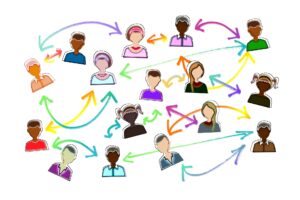
I acknowledge that engaging in conversations with instructors about inclusive teaching is not an activity that happens easily. IDs should examine their own identities and the role these play in how they approach the design project and the working relationship with faculty. For instance, we could start by taking a step back and asking ourselves what social identities we hold and how these have shaped (or not) our experiences in life and work. In facilitating the ITO workshop, I have found myself constantly navigating through the intersection of these identities because these are complex, and at times, put me in vulnerable positions when working with faculty (e.g., language, gender, age, ethnicity). At the same time, these identities can also help us guide instructors about the best ways to provide support systems for all students. We can help instructors be more aware that students hold social identities too and may face micro- and macro-structural barriers that can impact their online presence and interaction. One aspect that I have encountered with many instructors is that they believe that once their online/hybrid course is developed, they can’t make changes. Here is where the question “can we have a conversation and a plan to support these students?” is critical to help faculty know that if needed, they can make adjustments to their instructional decisions. For example, instructors can consider flexibility and offer students some leeway to complete assignments at a later time.
Further, I am aware that we don’t work in silos. For instance, at OSU Ecampus, the ID team is growing to incorporate more colleagues from different experiences and backgrounds. In providing support to faculty, it is important to engage with and rely on our colleagues (internal or external) for insights, practices, and resources to respond better to the demands of a course design, especially if there is interest in addressing inclusive excellence. In doing so, we reach out, we connect, we expand our ID toolkits to learn how best to provide ongoing instructional design support. Our course design enterprise becomes stronger when “we learn to professionally grow and design together” in a systematic way that allows us expand our skills and experiences; raise from our failures and cement our successes.
We know that the instructional design field connects with many other disciplines and as such, we should observe and learn from other disciplines to support the work we do. Several instructors may have different worldviews and experiences about teaching and learning in their disciplines (e.g., STEM) and may be reluctant to consider alternative means of assessments. It may be worth talking with faculty about their guidelines and expectations for discussions and assignments as students from diverse cultural backgrounds may have different experiences that value more cosmovisions than traditional western perspectives. It is worth exploring with instructors how they would approach or address issues related to supporting these students during the course.
Debrief for Reflection

A practice that has been beneficial when facilitating the ITO workshop is holding debriefing sessions with the lead workshop facilitator. These sessions help us be on track, talk about any challenging or surprising situations, determine our plan of action for subsequent weeks, and observe the evolution of instructors’ ideas and perspectives on inclusive teaching. In a way, these debriefs promote self-reflection and forward-thinking. While it is not a common practice for many, IDs perhaps can have a midterm check-in with faculty to let them know that we are “with them” supporting their online/hybrid teaching. In addition, it can be beneficial to conduct debriefs after the instructor teaches the course to better understand their design and facilitation experience. Most importantly, it can be beneficial to identify what inclusive teaching practices worked well, how students responded to the inclusive strategies, and what areas need further development. IDs can document these experiences and gather data more intentionally to further enhance efforts for inclusive teaching.
As a final comment, I would say that the ID role is multifaceted. We not only provide ongoing instructional and technological support but we also promote a student-centered experience where the needs and voices of all our students are considered throughout the design and facilitation of the educational experience. And we can do that by helping raise awareness of the layers of opportunities and barriers that many students face. We share the responsibility of inclusive teaching.
References
- American Psychological Association. (n.d.). Inclusive Language Guidelines. https://www.apa.org/about/apa/equity-diversity-inclusion/language-guidelines
- Chatterjee, R., Juvale, D., & Jaramillo N. (2018). Experiences of Online Instructors through Debriefs: A Multi-Case Study. In AECT Proceedings.
- Ecampus. (n.d). Mision, Vision and Values. [Website]
- Ecampus. (n.d). Online Teaching Workshops and Events. [Website]
- Ecampus. (n.d.). Innovate & Integrate: Plan for Inclusive Excellence. [Website]
- Fiock, H., & Garcia, H. (2019). How to give your students better feedback with technology. [Advice guide].
- CAST. (n.d.) UDL Guidelines. [Website] Robinson, M. (April 9, 2020). Approaches to Instructor Introductions. [Blog].
- The University of Michigan. (n.d.). Defining DEI. [Website]



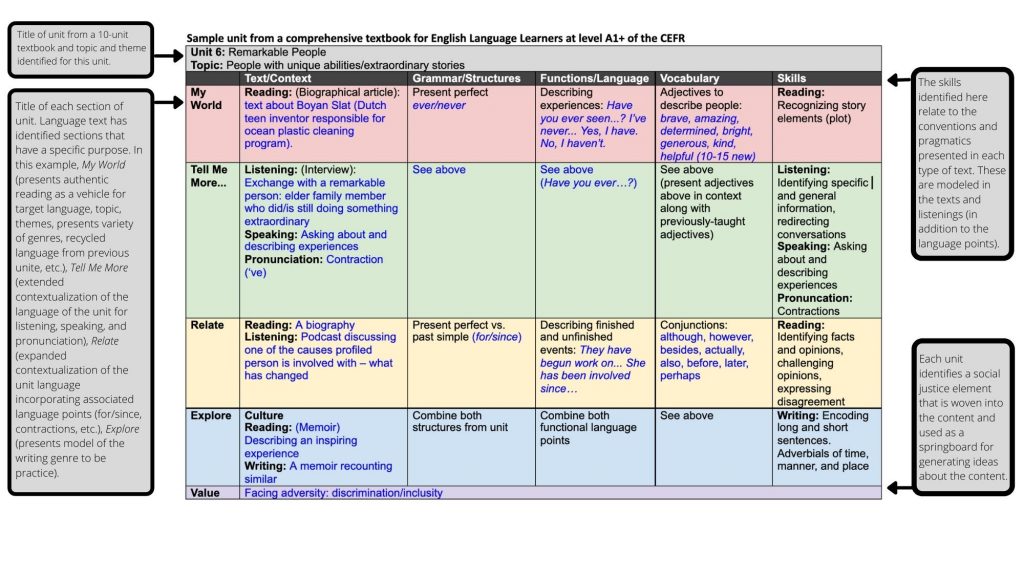


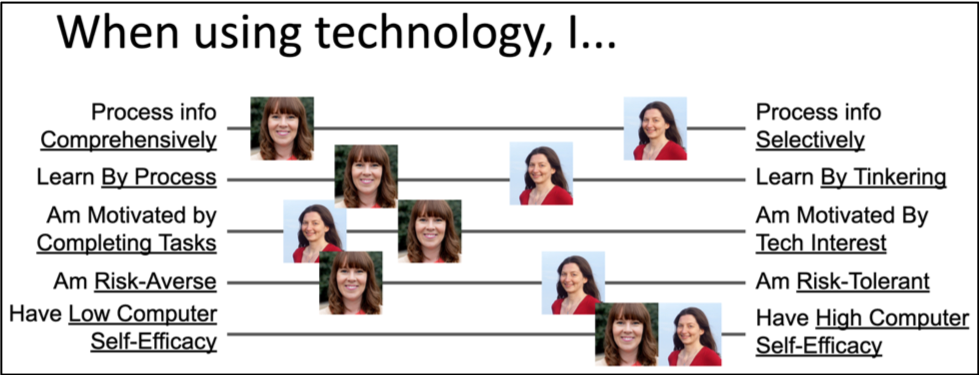

 (image from pxfuel.com)
(image from pxfuel.com)